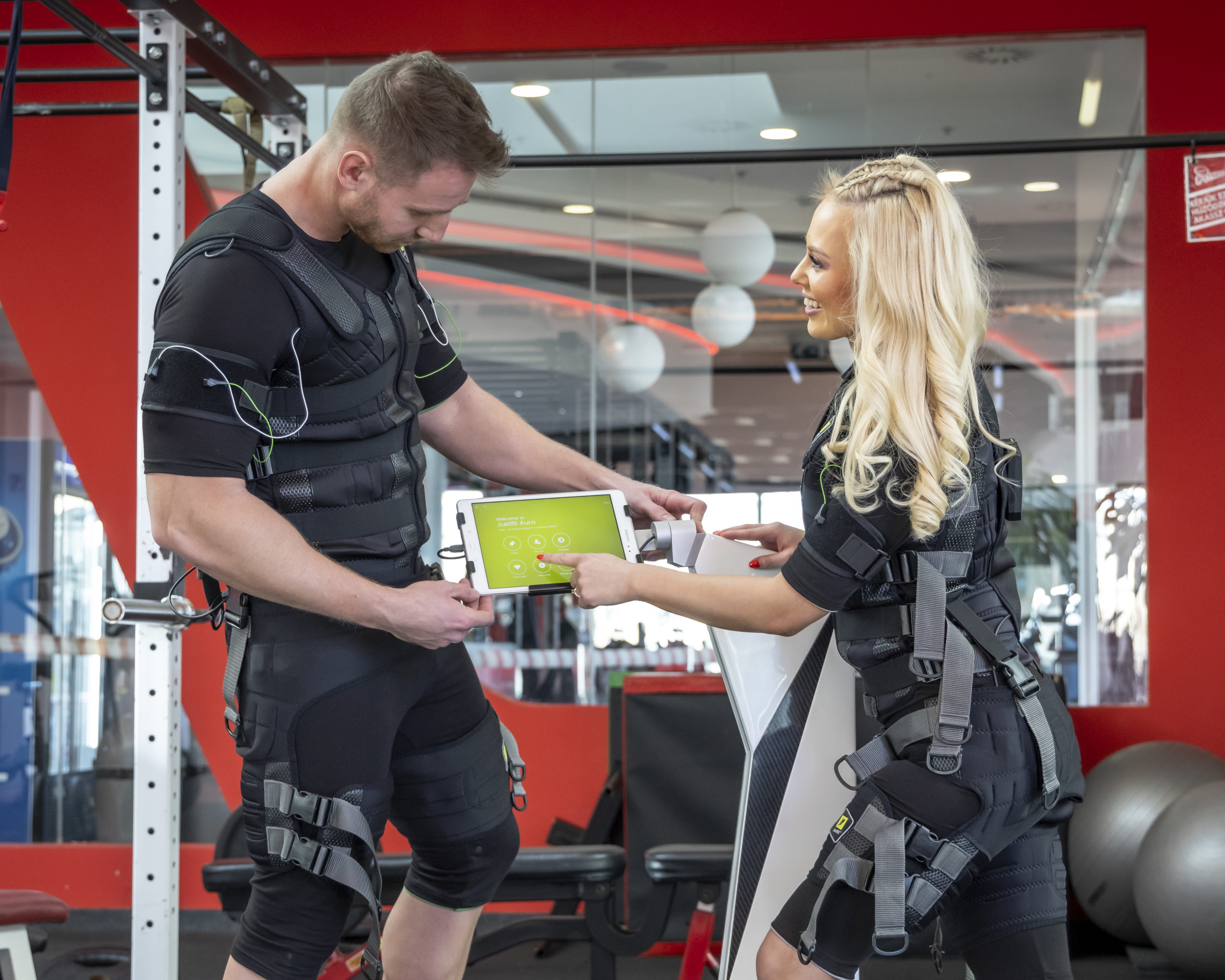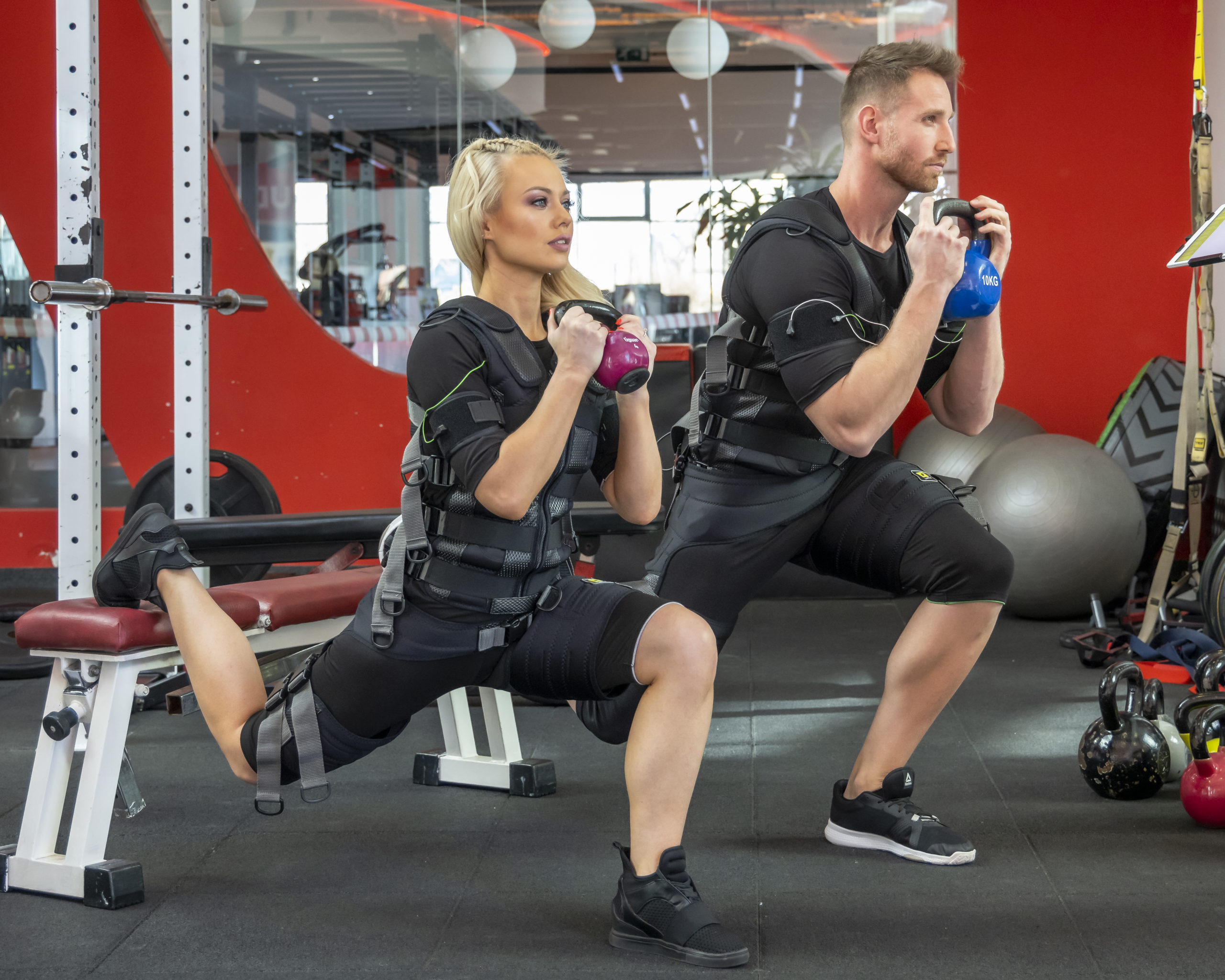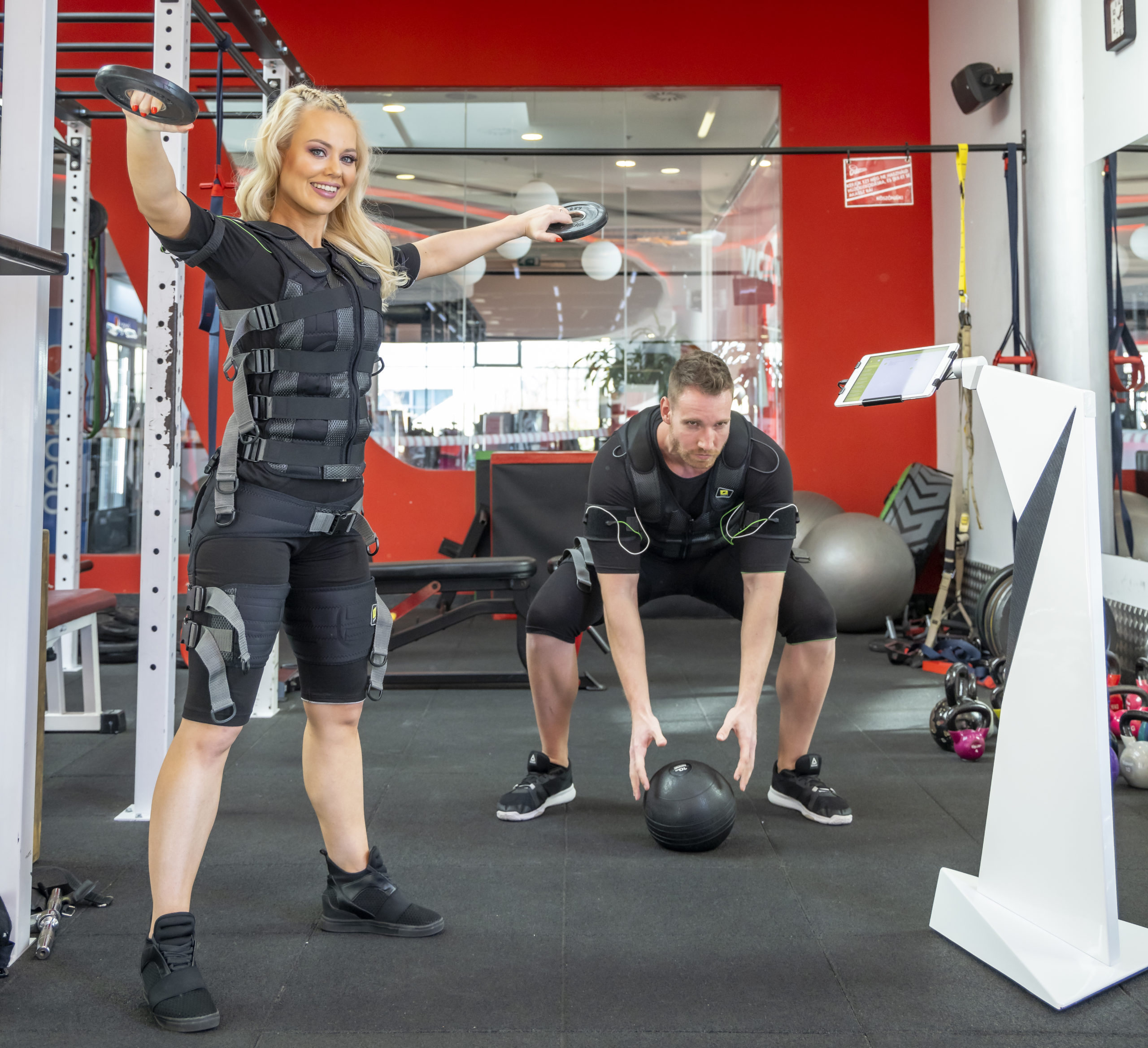When we talk about classic training, we mean traditional strength training.
A bit of sports theory in simple terms
- Strength training is a proven recipe on how to ‘build your body’ to get bigger muscles, define muscles and increase their strength. And the main ingredients of this recipe are certain muscle groups or specific muscles. Strength training focuses on contracting muscles rather than stretching them. The result is that the muscles, driven by the weight, become shorter and bigger.
The main goal is strength and muscularity.
- Functional training is a variation of strength training. Its goal is the comprehensive development of the entire body by improving the body’s physiological parameters, namely endurance, strength, coordination, speed and flexibility. The focus of functional training is on the coordinated work of all muscle groups and the harmonious development of muscles. Training uses as many muscle groups as possible. And as the name suggests, functional strength training improves our body’s ability to work with everyday functions with ease and comfort.
The main aim is to improve the balance and stability of the trunk, increase endurance, make you stronger and increase your explosive power.
The goals are different. The “tools” to achieve these goals are also different
- Strength training involves training some muscles or specific muscle groups in isolation. Traditional strength training often uses short sets of steady and targeted movements: 3-4 sets of 8-12 repetitions. Usually, the exercises consist of simple movements performed with external weights: Dumbbells, kettlebells, or dumbbells.
- Functional fitness is a combination of endurance training and strength training. It involves all muscles in the training, even the hard-to-reach ones. Here, more dynamic exercises are used to practice the movements we use in everyday life. These are multi-joint exercises that repeat typical human movements. Squats, tilting and rotating the upper body, bench press and deadlift, rotation, movement in space (e.g. jumping). Functional training usually consists of several different exercises combined into a single powerful exercise and can be performed as circuit training, high-intensity interval training (HIIT), Tabata, or a combination of both. Functional training can improve both physical endurance and heart health. Your heart beats faster and more oxygen is passed through your body. This makes the workout more intense and uses more energy.
Of course, all of this applies to EMS training as well.
In EMS strength training, a pulse acts as a weight instead of dumbbells and barbells. Strictly speaking, the impulse is the very heavy weight that “forces” your muscles to change. This way you gain strength much faster and more efficiently.
Speaking of functional training: EMS will greatly enhance the effect of functional exercises. How does this work? Thanks to the right impulse and its effect on our body.
EMS has an additional positive effect on both forms of training. It is the strengthening of the core muscles. By this I mean the strengthening of the inner muscle layer and the development of the deep-lying muscles – the stabilizers. External impulses can “reach” and train the deepest muscles, which often cannot be achieved with normal exercises.
Important! EMS Fitness can also be practiced by people with musculoskeletal defects that do not allow them to train in a gym. EMS opens up very wide possibilities for these people and they can do simple, trauma-proof exercises.




